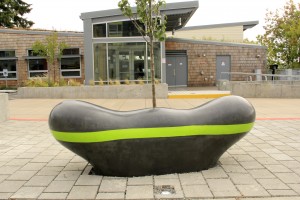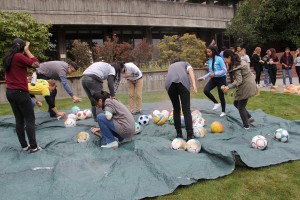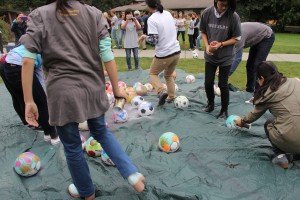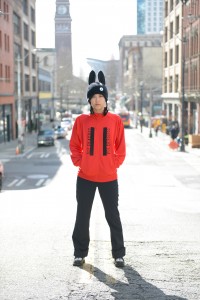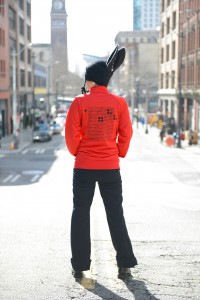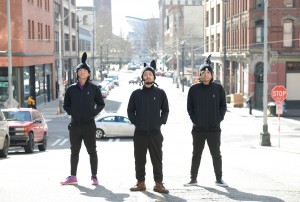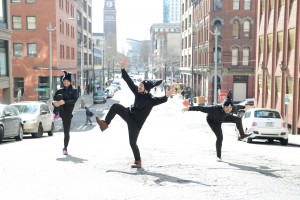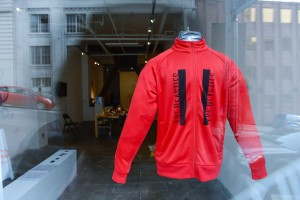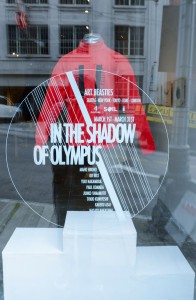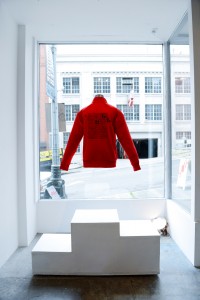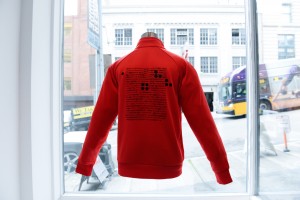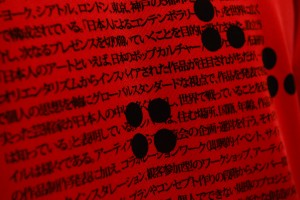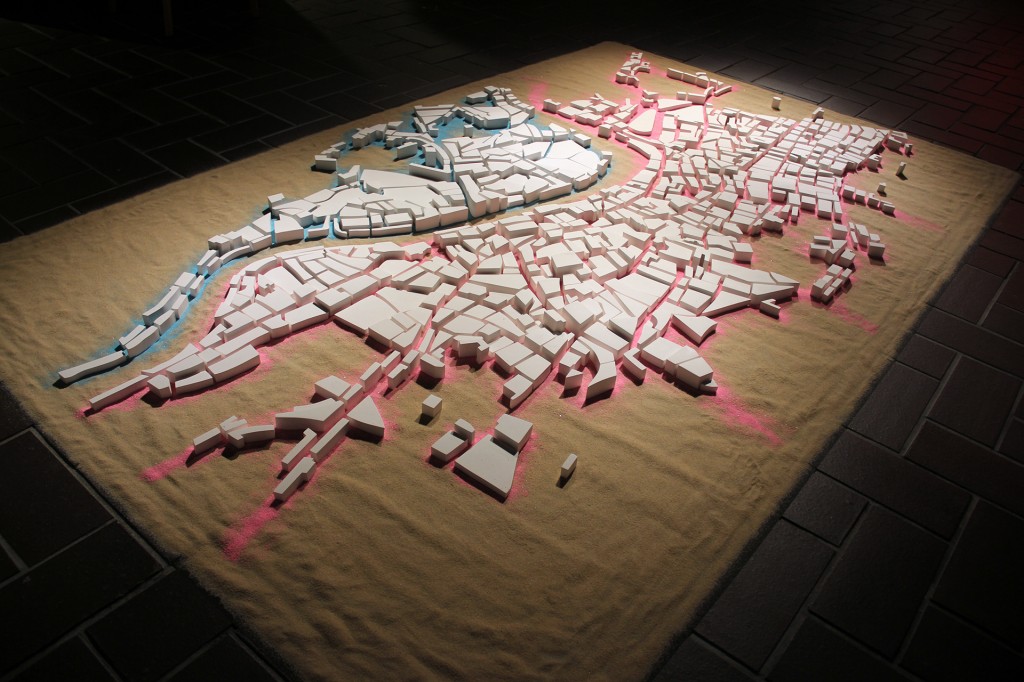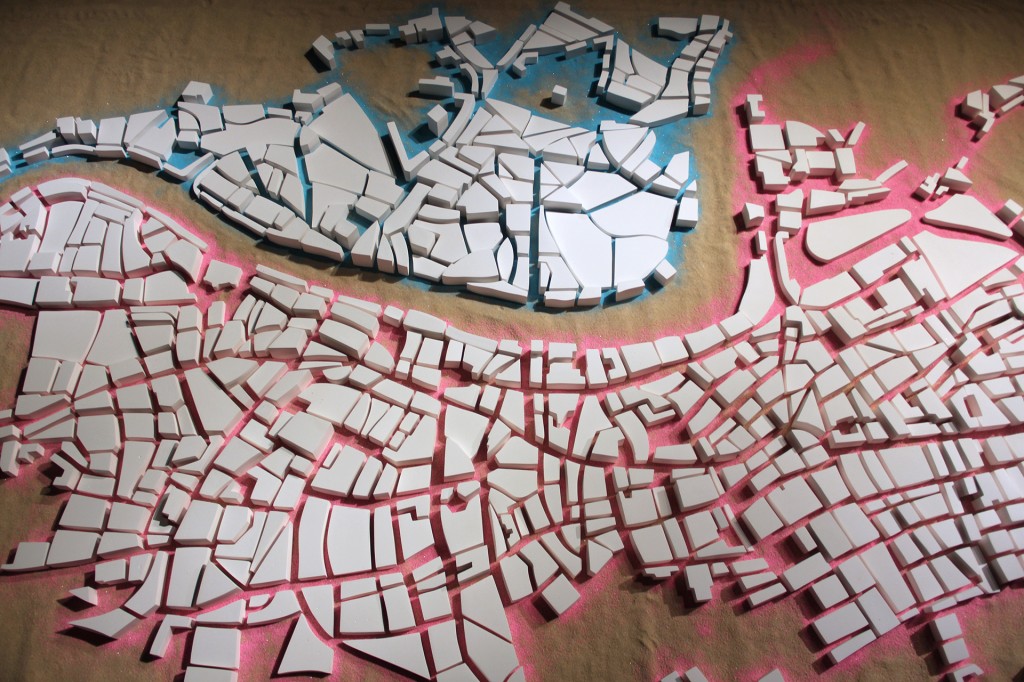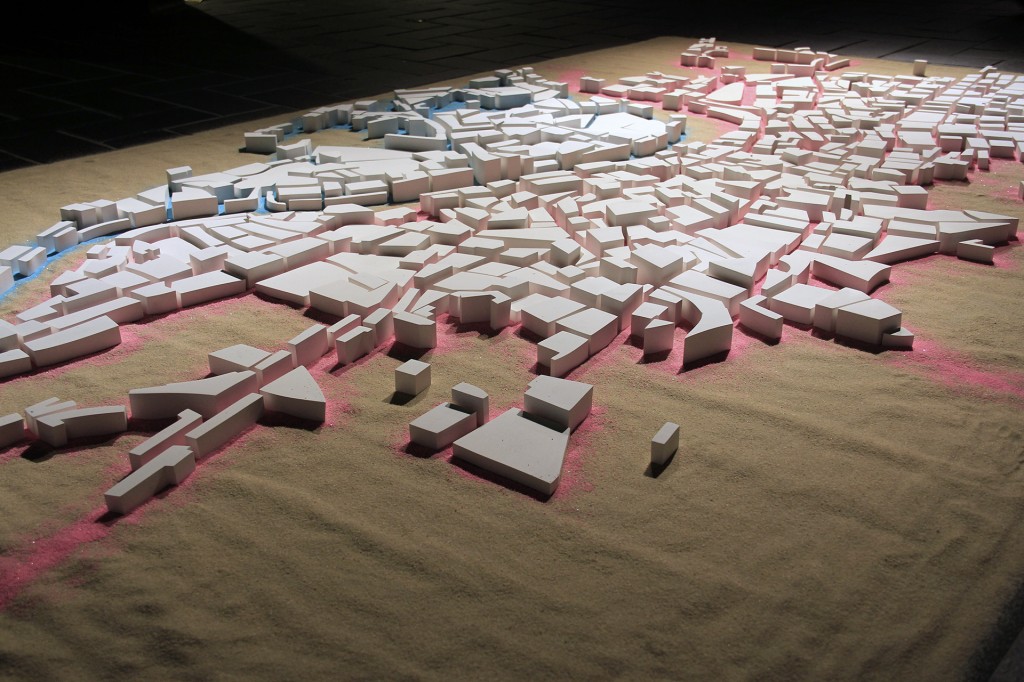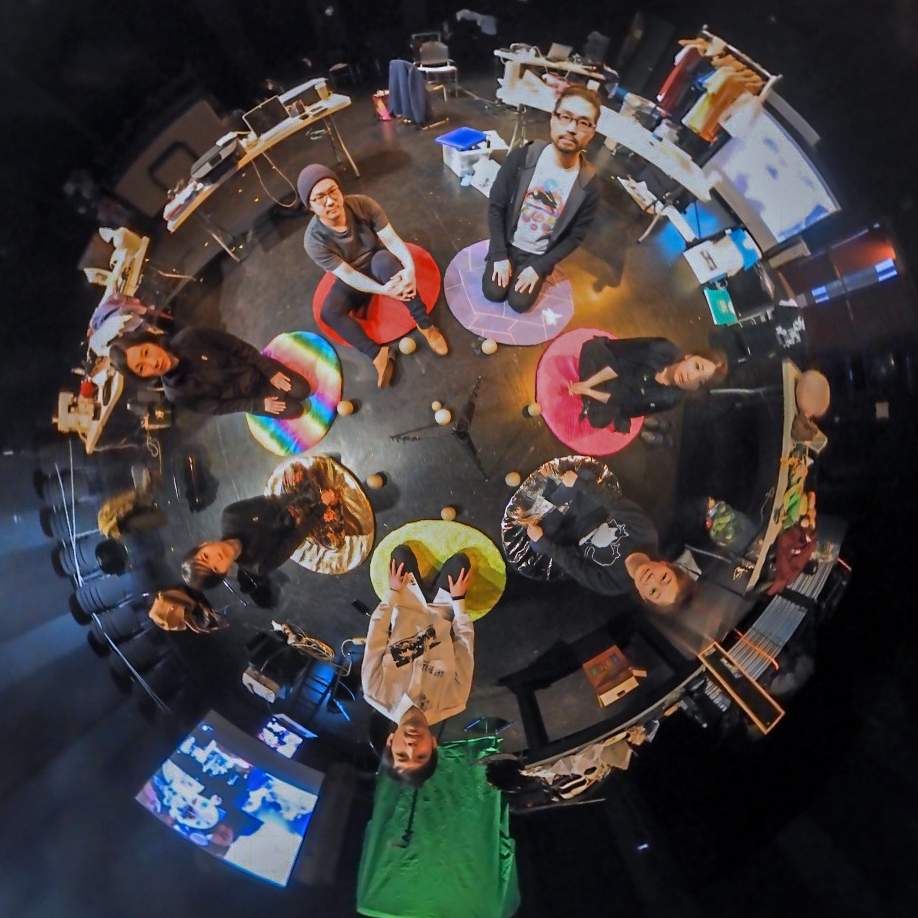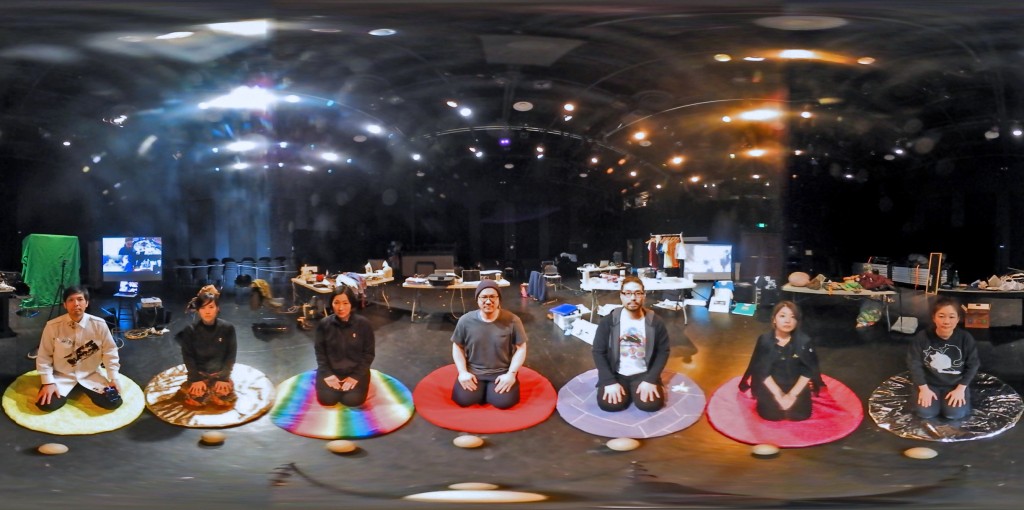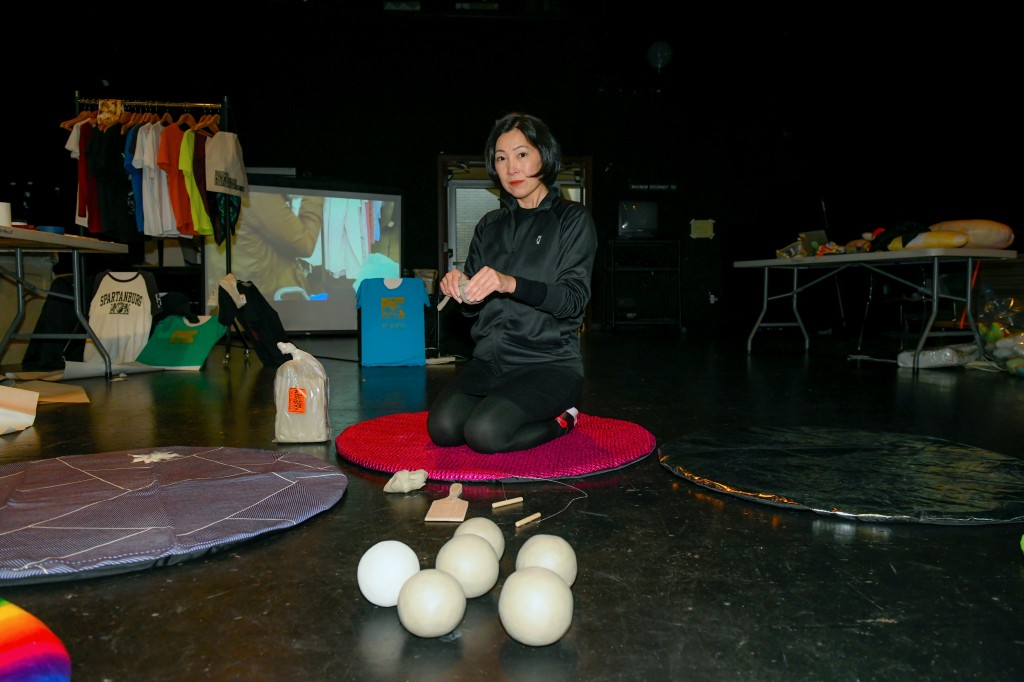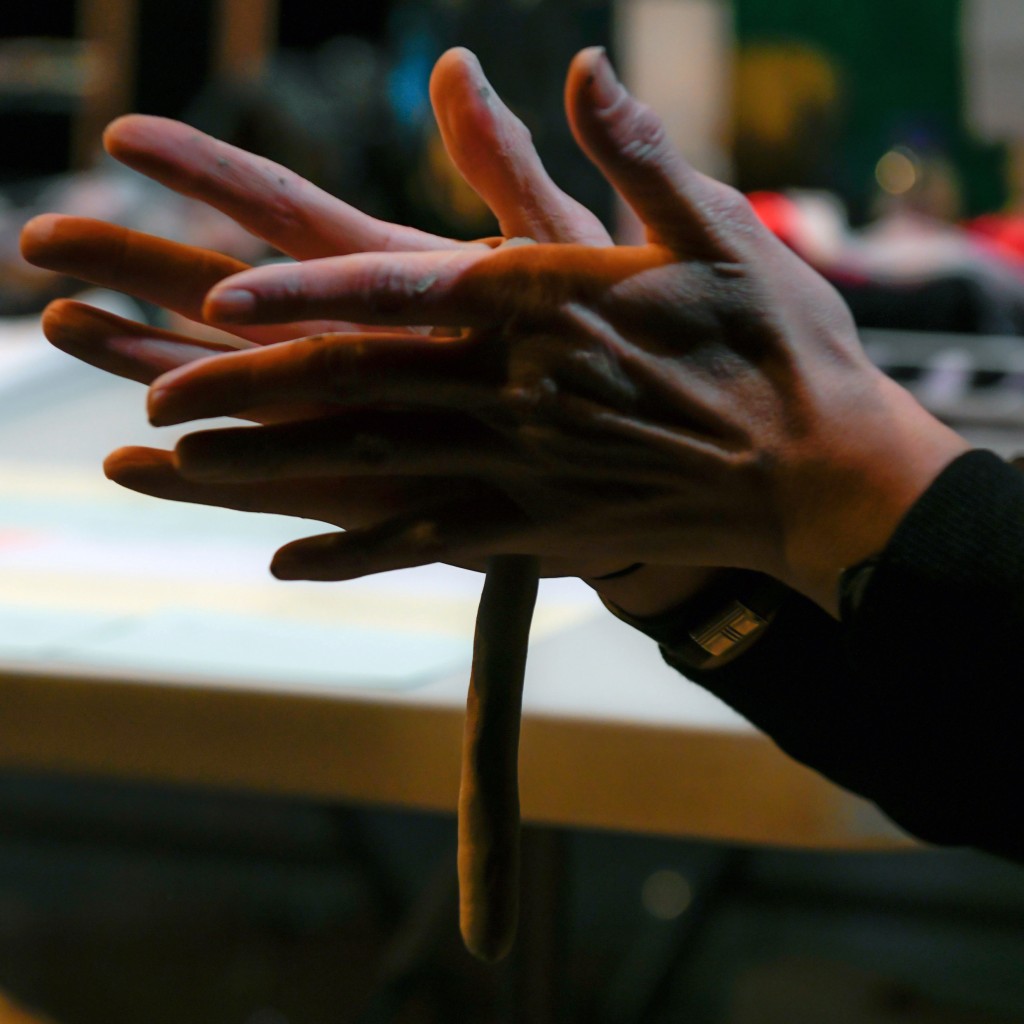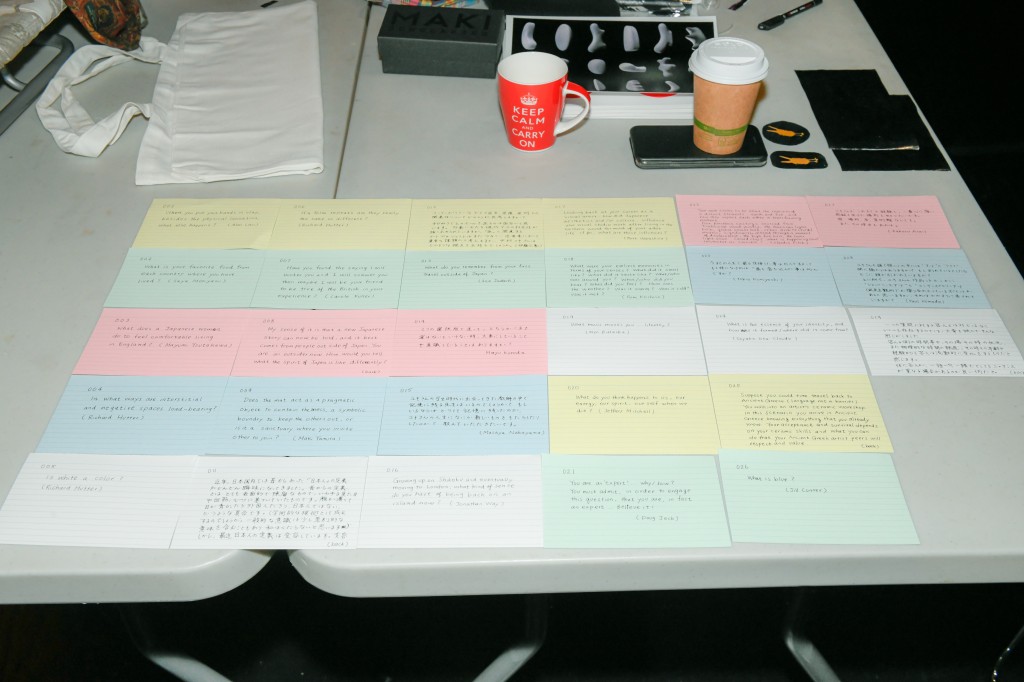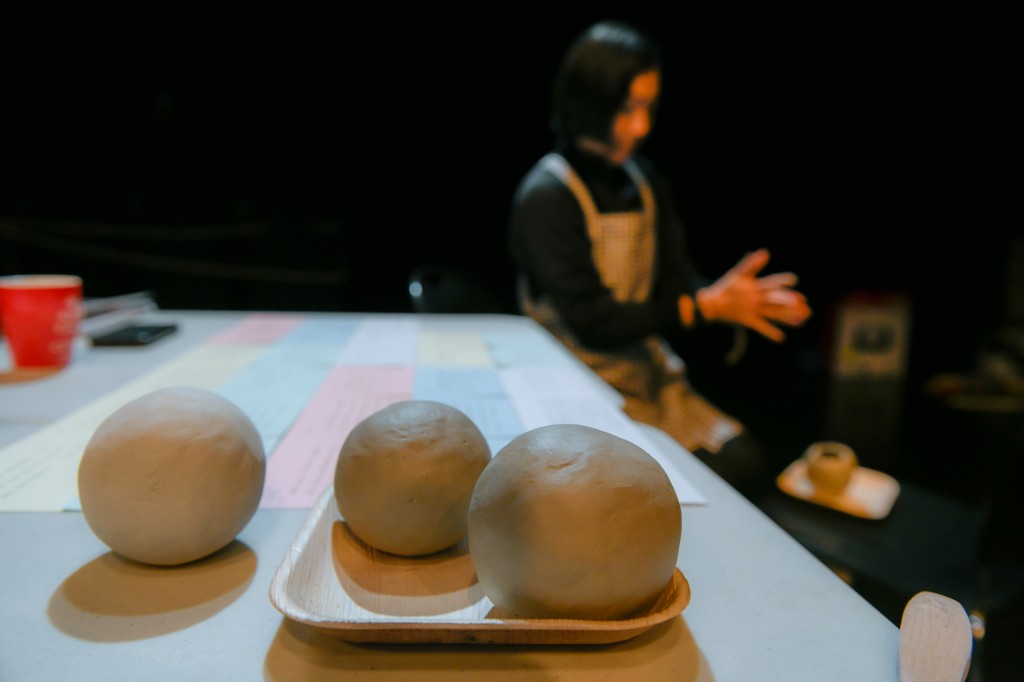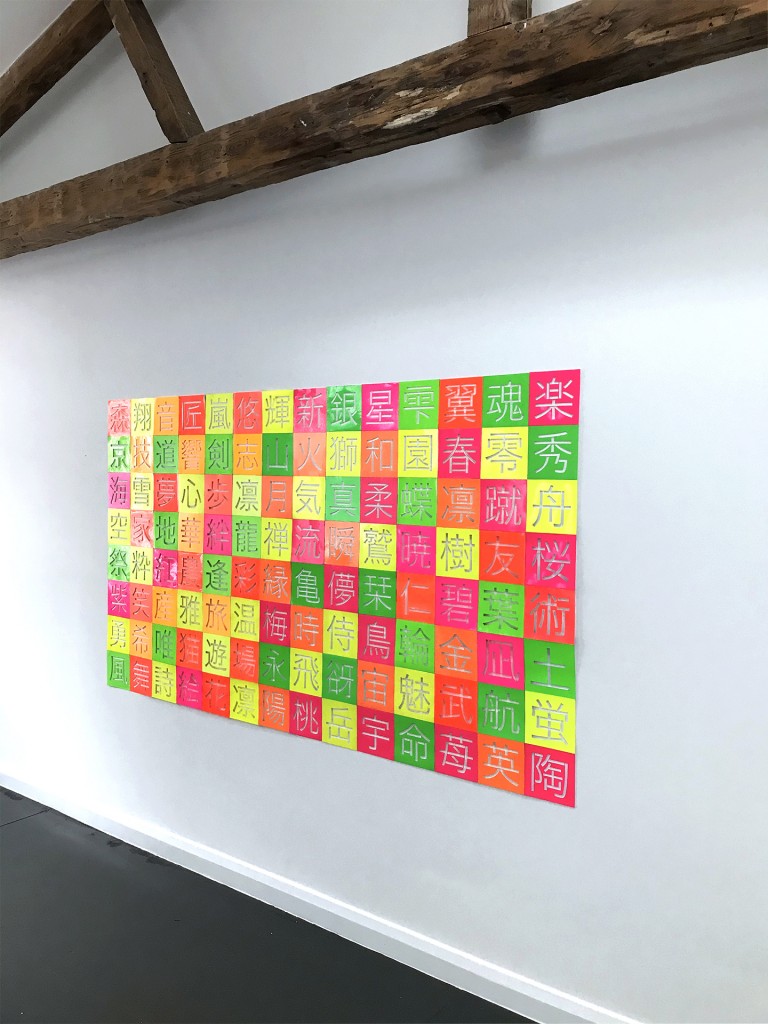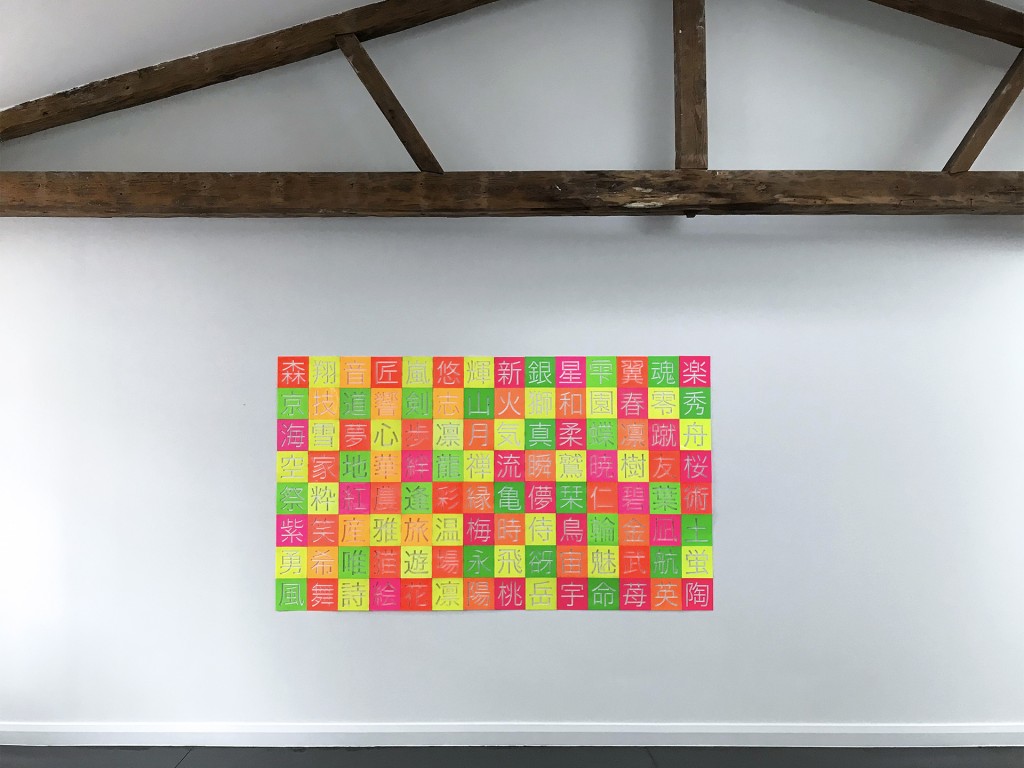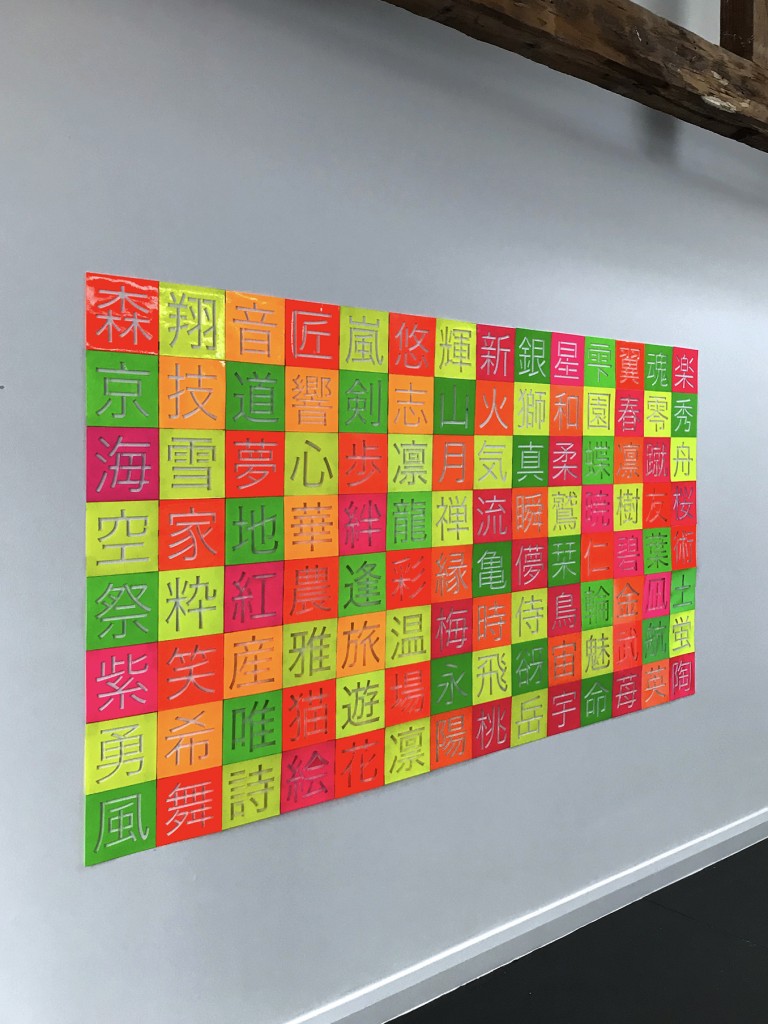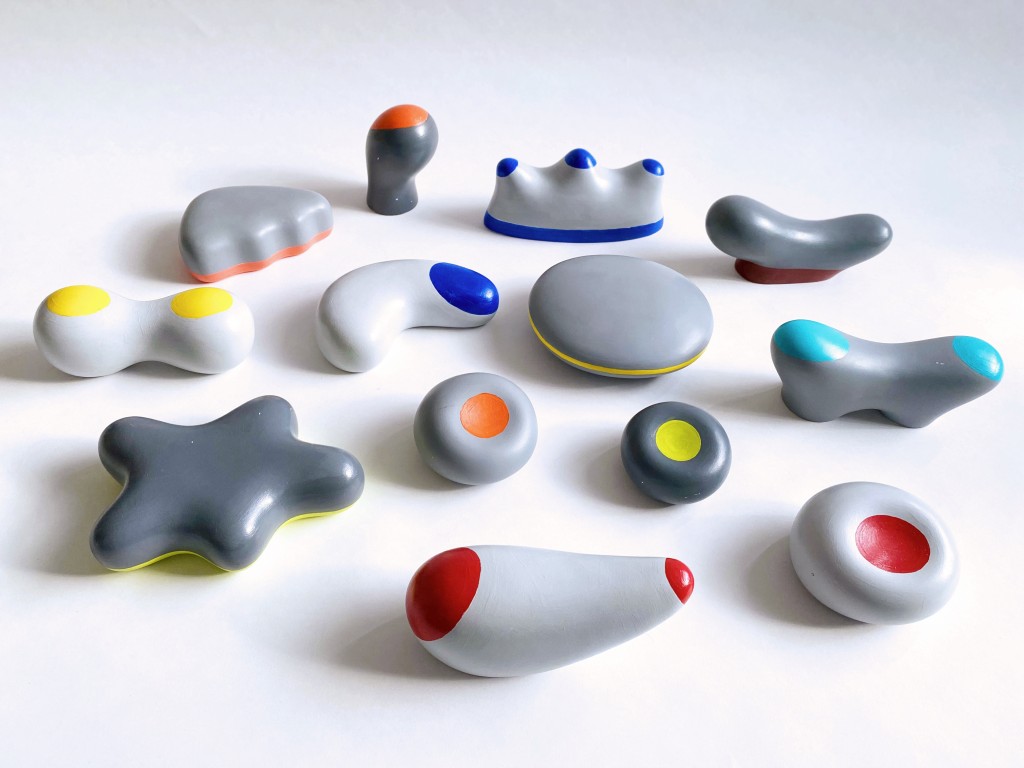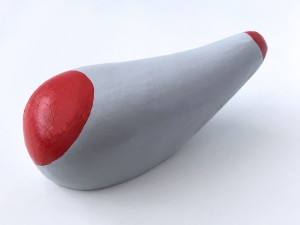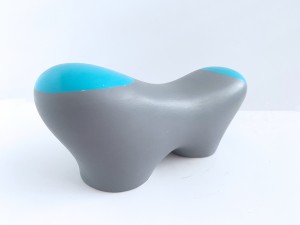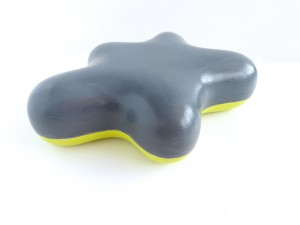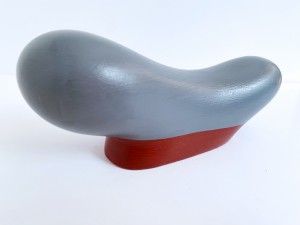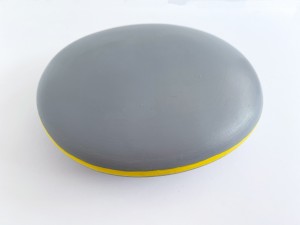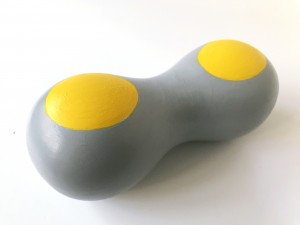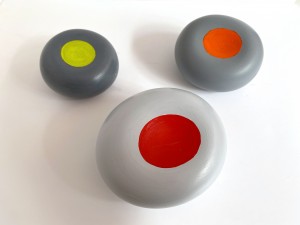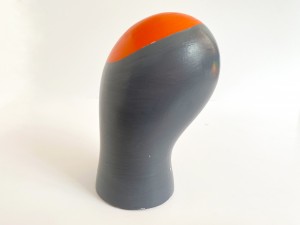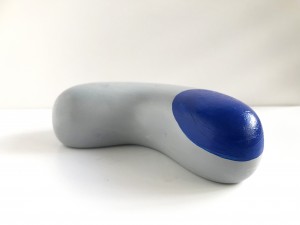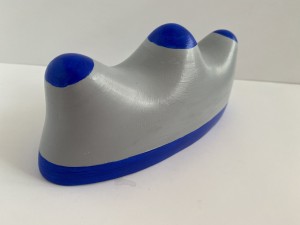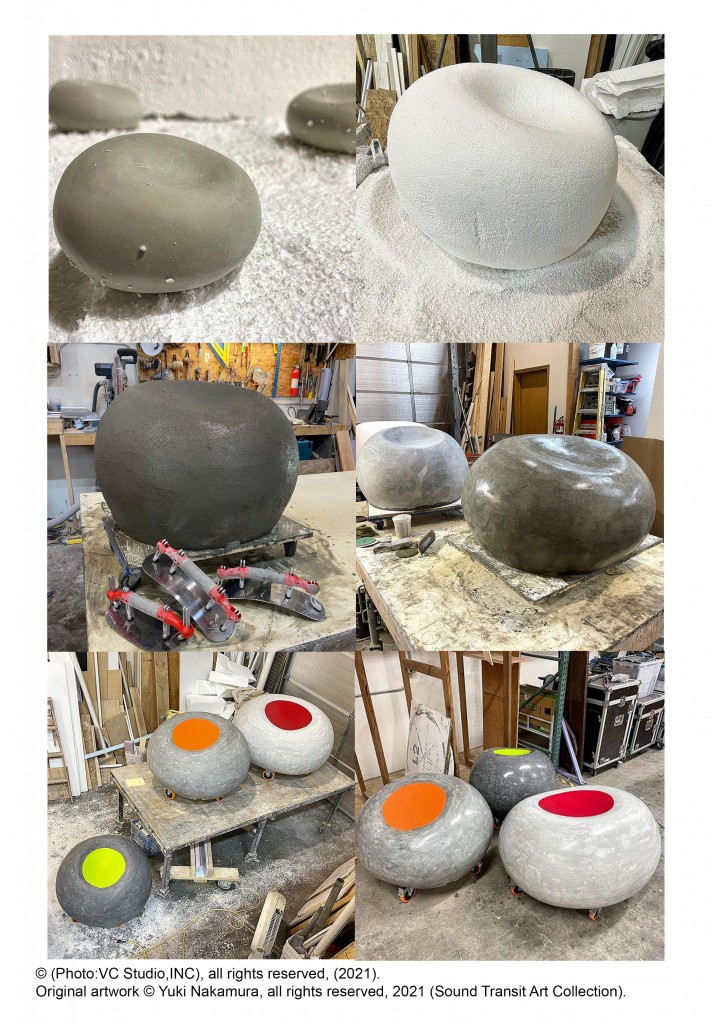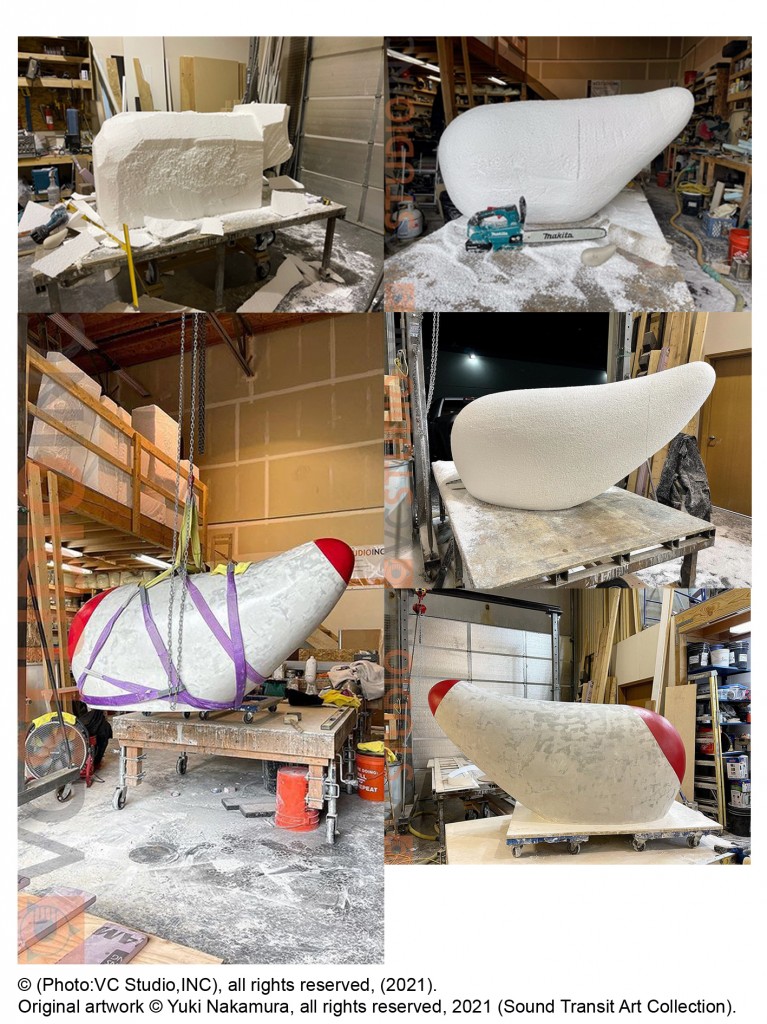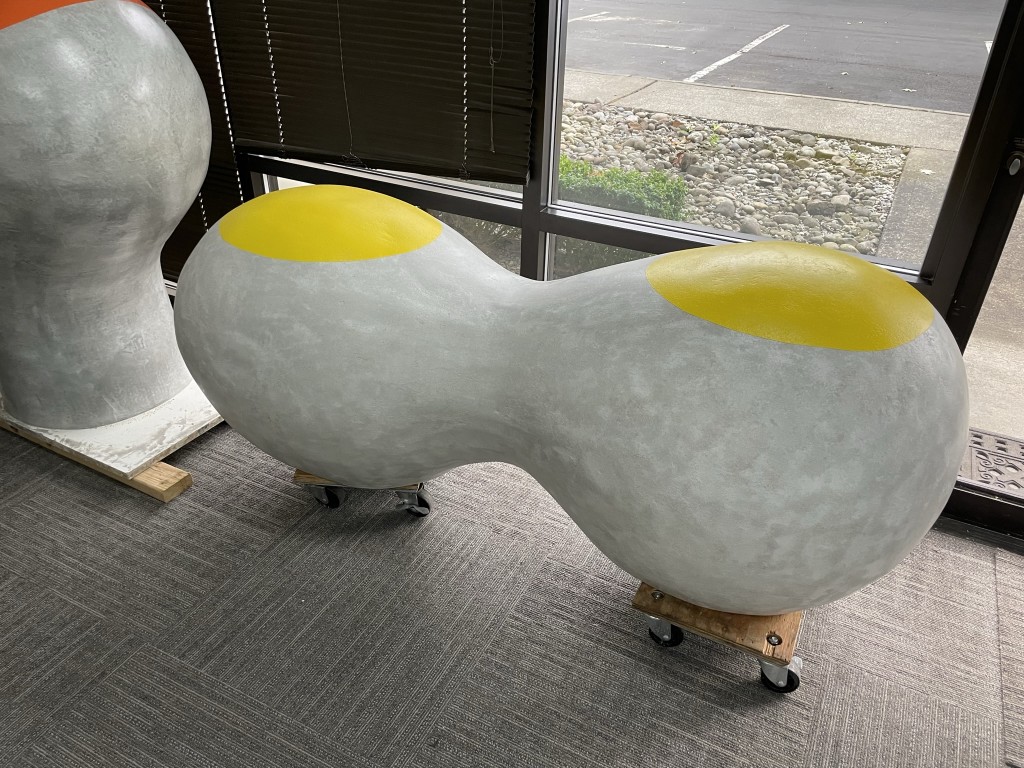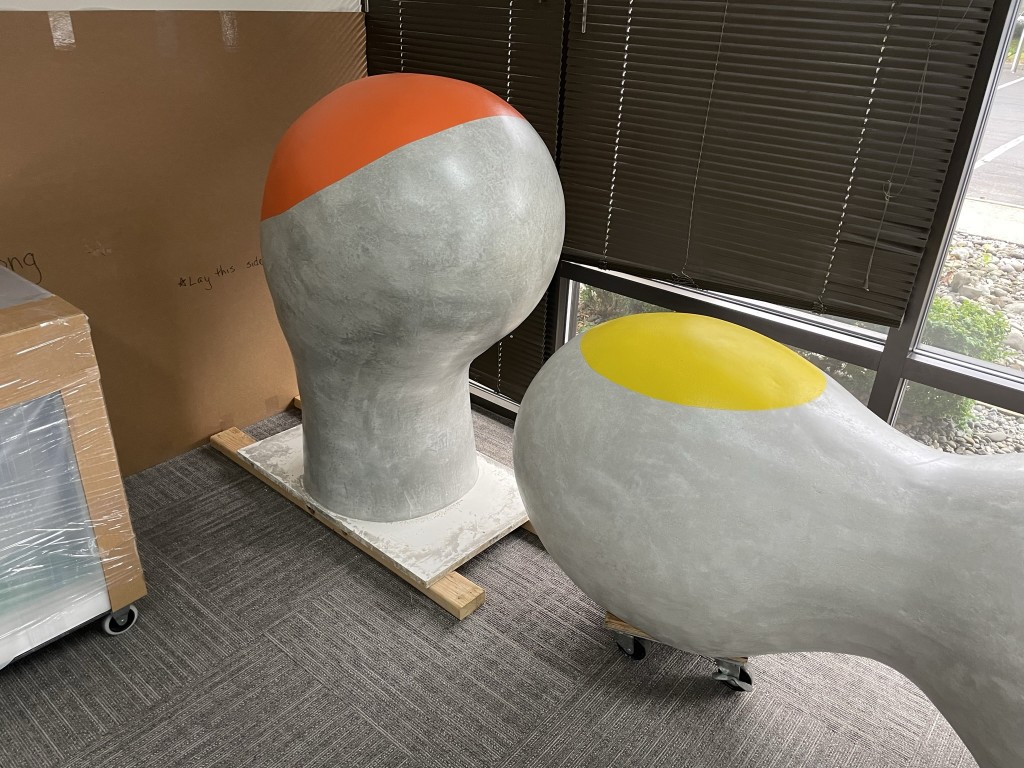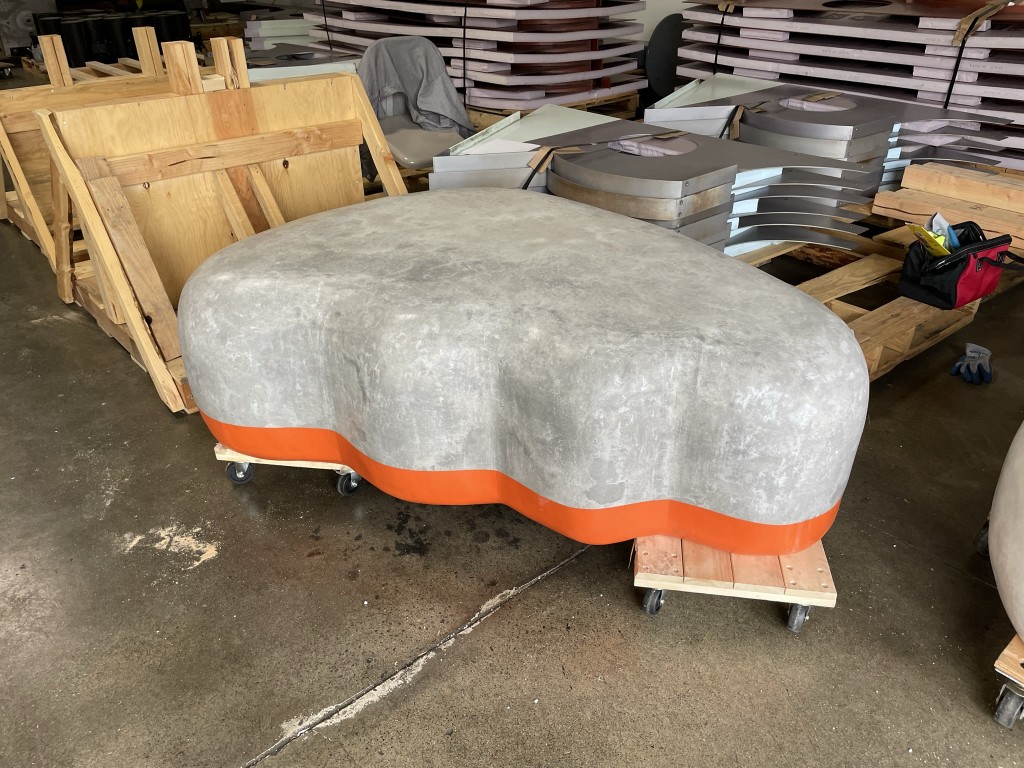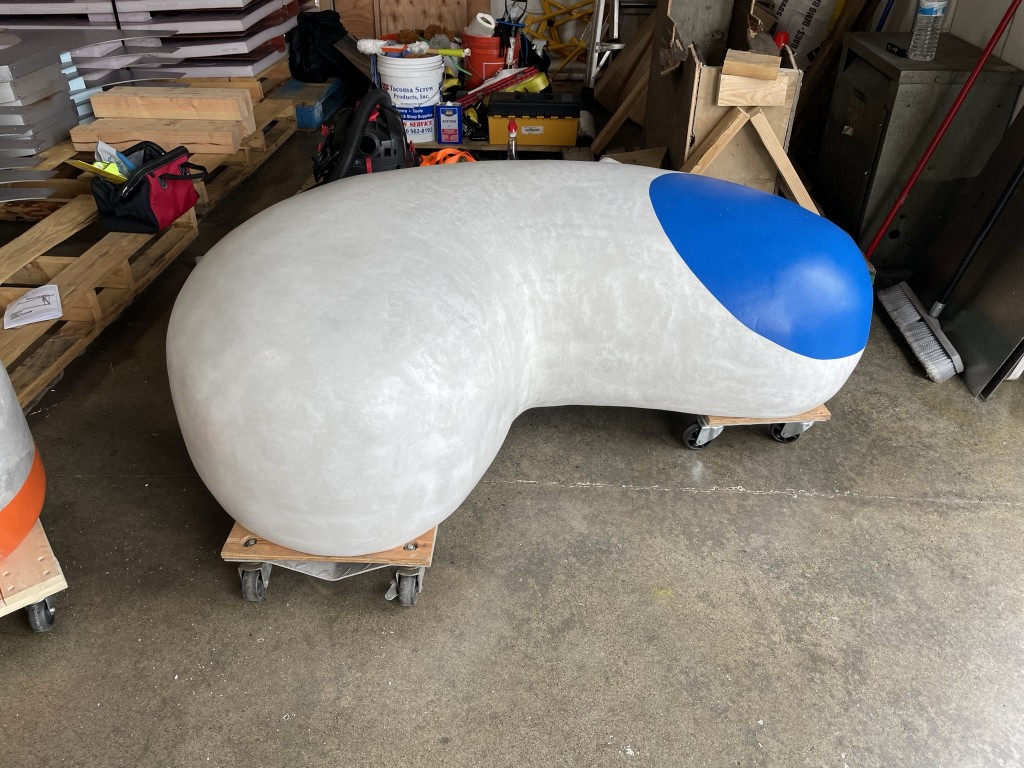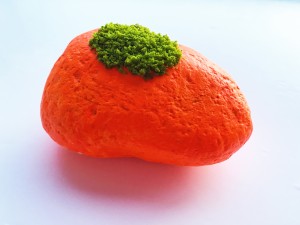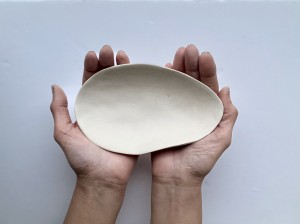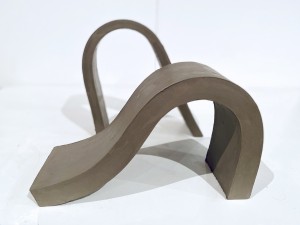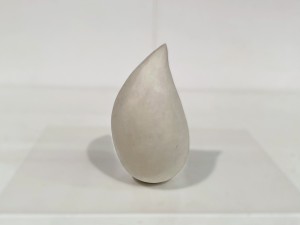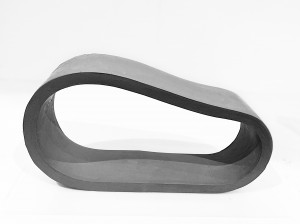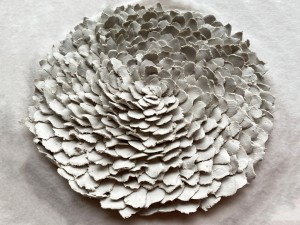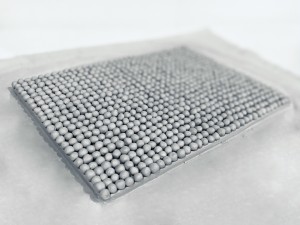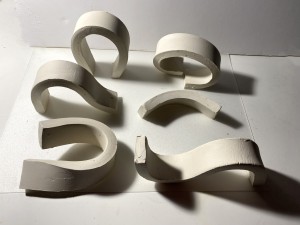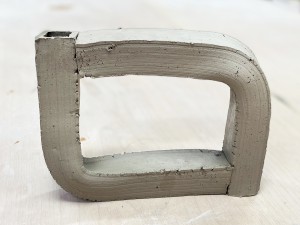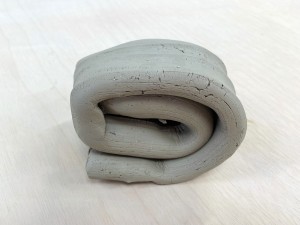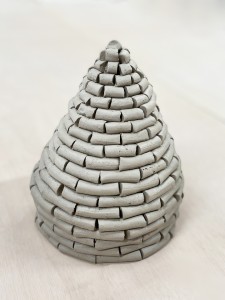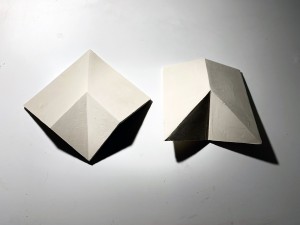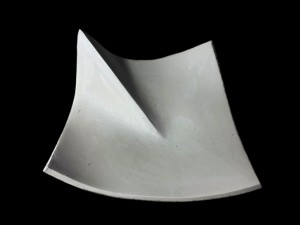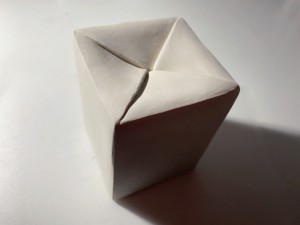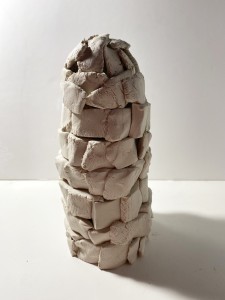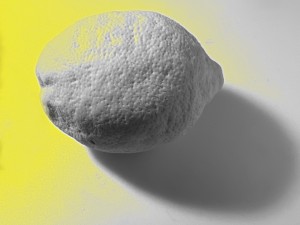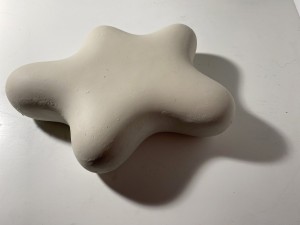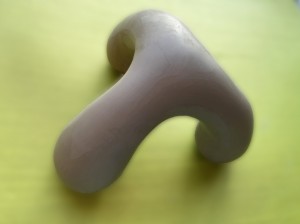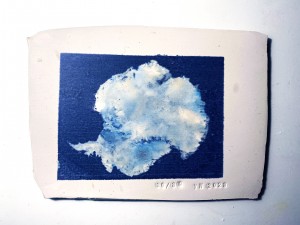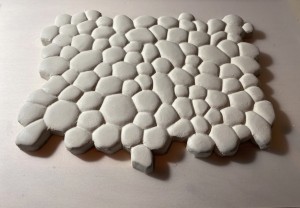Site Responsive Public Art Project at Bay Terrace, Tacoma Housing Authority ‘s housing development located on the corner of South 27th Street and Yakima Avenue, Tacoma, Washington
Title:
TransFORM
Concept:
TransFORM is designed to be welcoming like a gateway, comfortable like furniture, dream like as a pillow, and solid like a tanker ship. TransFORM is a sculpture, a gateway and a bench that reflects comfort and a solid sense of security. It is a metaphor and an anchor for people who are having a transforming experience in their lives. My work contributes to create a sense of community, inspire imagination and reduce stress in the intense, confused and chaotic environment. I explore how my sculpture influences its surrounding space and area, including light, sound, movement, texture, and color. 3 pieces are installed in slightly curved line along with integrated lighting in the ground.
Site Specific:
For the specific site, I chose the SW Plaza – Community Center Connection to Building A in the corner of Court G and S. 27th Street. In the overall site design concept, this area is called “Active Zone,” where main entry, drop-off, woonerf, and shared space are considered. My design concept is a response to the Bay Terrace Community that addresses sustainability, diversity, and revitalization.
* A woonerf (Dutch pronunciation: [ˈʋoːn.ɛrf]) is a living street where pedestrian and cyclists have legal priority over motorist as implemented in the Netherlands and in Flanders. Techniques include shared space, traffic calming, and low speed limits.
Material:
Concrete is an ideal material for its solidity, sustainability and durability. My design forms it into an organic and fluid bench conveying more movement and softer lines to integrate with a surrounding landscape.
Scale:
The size is approximately 72” in length, 24” in height and 18” in depth. Based on Bench Design Guidelines, the sitting area is 18–20 inches, which is the most comfortable height. 3–4 inches will be added to 24 inches of above-ground height for underground installation.


